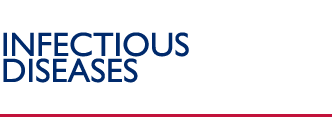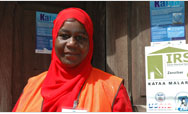Diagnostic Capability
Central to any surveillance system
is the ability to confirm a clinical diagnosis. This is customarily
done through a central public health laboratory supported
by a system for transport of specimens and an information
feedback process. In many developing countries, however, the
laboratory support for diagnostic confirmation does not exist.
Laboratories have often been overlooked in health programs
and the problems associated with specimen transport and information
feedback are evident in the chronic lack of reliable transportation
and communication systems in most developing countries. Confounding
this, are poorly trained laboratory technicians, lack of up-to-date
equipment, poor quality control and assurance procedures,
and inadequate funding for consumable supplies such as reagents.
WHO reports that over 90 percent of laboratory technicians
are not familiar with quality assurance principles and over
60 percent of equipment is either outdated or not functioning.
While laboratories are the classical
approach to confirming clinical diagnosis, new technologies
are being developed that provide health staff with a quicker
and easier way to make an accurate diagnosis. Rapid diagnostics
have been developed for a number of diseases including diphtheria,
falciparum malaria, hepatitis B, syphilis and tuberculosis.
These diagnostics consist of a test strip on which is placed
a drop of blood. The reading can be taken almost immediately
and provides the peripheral health worker with an accurate
and immediate diagnosis. The introduction of these rapid
diagnostics tools into national surveillance programs is
an important challenge to improve diagnostic capability.
One of the essential components of any laboratory network
is a system for quality assurance and quality control that
allows certification and regular re-certification of individual
laboratories for their capacity to isolate, identify and
characterize particular pathogenic organisms. This process
also identifies areas for improved training and follow-on
supervision.
Another major source of support
for laboratory strengthening has been the vertical disease
programs such as polio eradication and tuberculosis. These
programs use national and regional laboratories as a critical
element in their strategy, however, they are mainly focused
on a single disease. The ability to use these programs as
a means to strengthen broader overall surveillance capacity
is essential build sustainable public health laboratory
capability at the country level.
|


